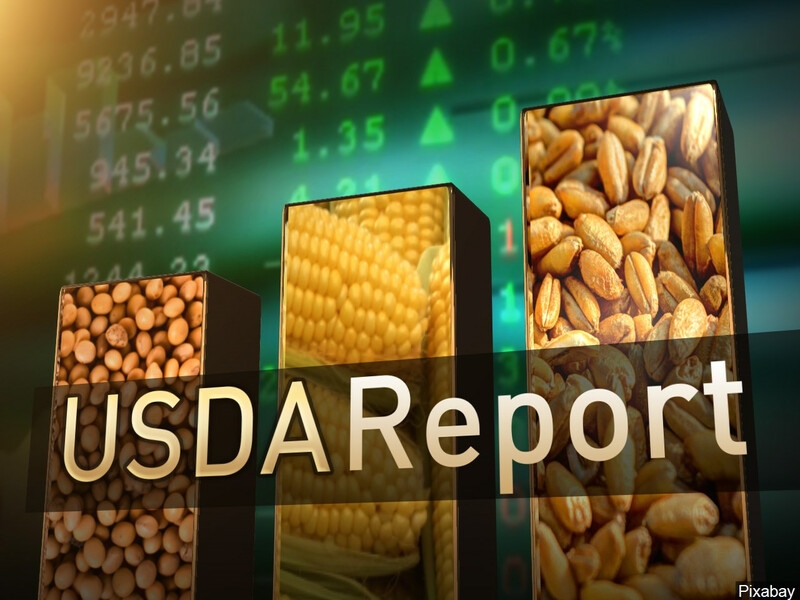Significant changes in the balance for soybeans for the United States led to higher prices

After nearly unchanged for December balance for soybeans from the USDA, the market expected significant adjustments already in the January report, in particular the slowdown in the soybean crop in South America.
In comparison with the previous report forecast global soybean production was reduced by 1,05 million tonnes to 361 million tonnes (336,5 million tonnes in 2019/20 Mr), due to the reduced harvest in Argentina by 2 million tonnes to 48 million tonnes (48.8 million tonnes in 2019/20 MG), and the United States by 1 million tonnes to 112,55 million tonnes (96,7 million tons), that will be partially offset by its increase in China at 2.1 million tons to 19.6 million tons (18.1 million t). For Brazil, the forecast of soybean production was left at 133 million tonnes (126 million tonnes in 2019/20 MG), while analysts and the lack of precipitation lowered my rating up to 130-131. 5 million tons.
the Forecast of world soybean exports increased by 0.62 million tonnes to 169.1 million tons, in particular for the United States – by 0.82 million tonnes to 60,69 m t (45,78 million tonnes in 2019/20 MG) due to the active procurement from China.
the Forecast of world consumption of soybeans was left unchanged.
the Estimate of world ending stocks of soybeans is reduced by 1.3 million tonnes to 84.3 million tonnes, although analysts had estimated them at 82.5-83 million tons in 2019/20 and MG they made 95,39 million tons.
amid a sharp reduction in the forecast of ending stocks and increase in soybean exports for the United States yesterday on the stock exchange in Chicago soybean futures rose 3.6% to 523 $/ton, soybean meal 4.2% to 514,2 $/ton, while soybean oil fell 0.5% to 939 $/t
due to a strike delayed exports of soybeans and meal from Argentina supports the prices of us soybeans and meal, and the difficult weather conditions in South America will affect prices in the next two months before the harvest.


